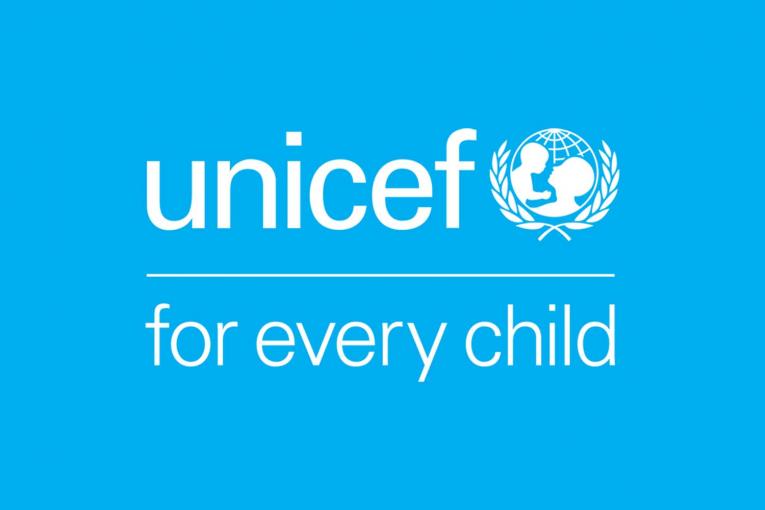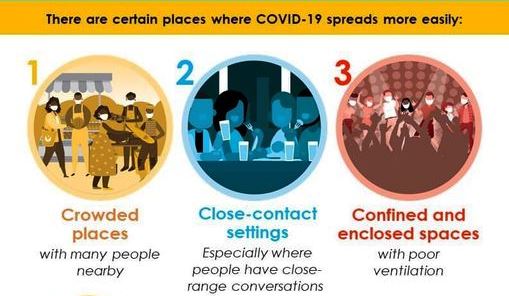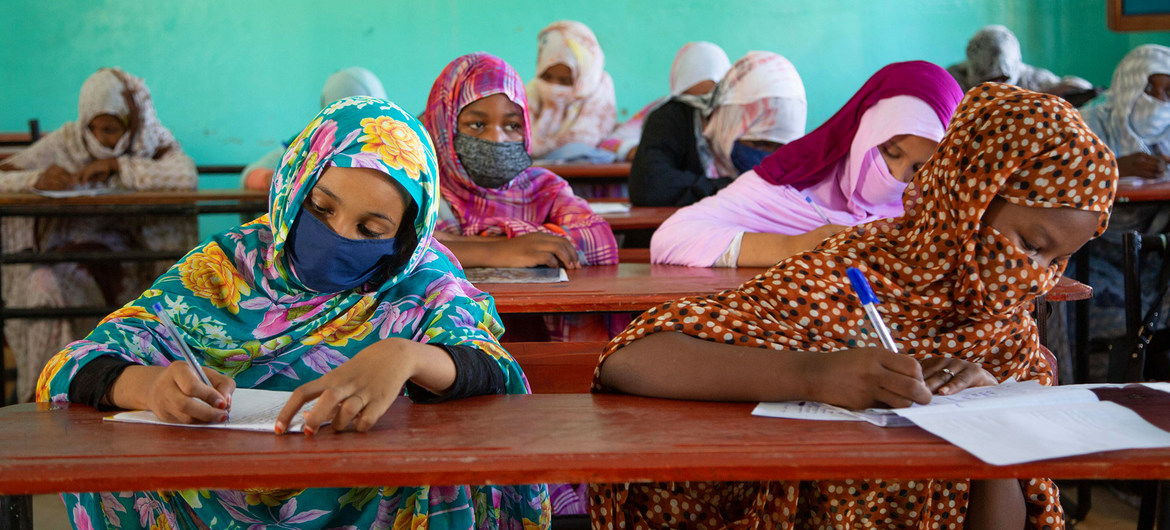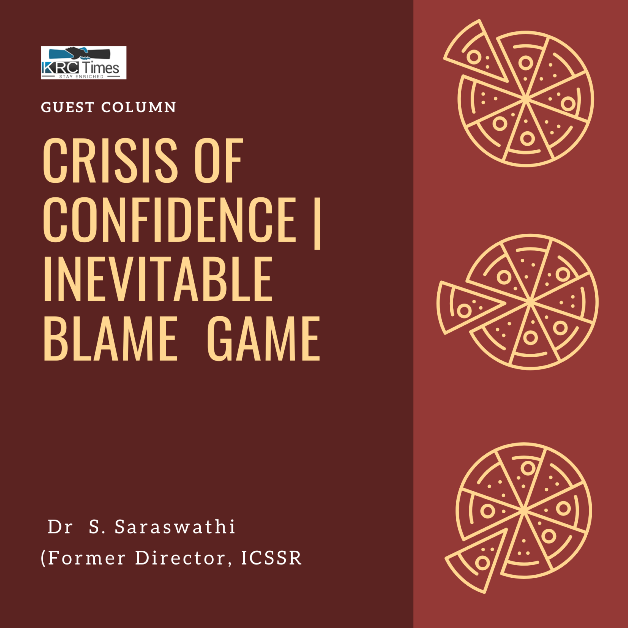Developing a safe and effective vaccine takes time. There are currently more than 200 vaccine candidates under development, with many in clinical trials
 KRC TIMES Desk
KRC TIMES Desk


A vaccine for COVID-19 will be a critical tool for helping bring the pandemic under control when combined with effective testing and existing prevention measures. Experts around the world are working hard to accelerate the development and manufacturing of a safe and effective vaccine.
The threat to children posed by COVID-19 is enormous, extending far beyond the immediate physical effects of the disease. As lockdown restrictions continue or are re-imposed, children’s access to essential health services may be seriously affected. The resulting reductions in routine healthcare coverage levels and a looming recession are threatening the health and the future of a generation of children. Below are answers to some of the most common questions parents might have about a potential COVID-19 vaccine.
When will a COVID-19 vaccine be ready?
Developing a safe and effective vaccine takes time. There are currently more than 200 vaccine candidates under development, with many in clinical trials. A number of these vaccine candidates are in Phase III clinical trials – the final step before a vaccine is approved. Given the accelerated timelines global stakeholders are working toward, we expect some vaccines to have completed clinical trials and be approved for use in 2021.
But it’s important to remember that the journey from developing a vaccine to licensing it, producing it at scale and using it widely is a long one. Once a vaccine receives the required approval, it will then be critical that it is made accessible, in a timely and equitable manner, to reach those that need it most. That’s where UNICEF and its partners come in.
UNICEF will leverage its unique experience as the largest single vaccine buyer in the world by collaborating with the PAHO Revolving Fund and the COVID-19 Vaccine Global Access Facility (COVAX Facility) in what could possibly be the world’s largest and fastest procurement and supply of vaccines.
>>Read The lengths to which health workers go to reach every child with vaccines
How is the COVID-19 vaccine being developed?
Vaccines work by mimicking an infectious agent – viruses, bacteria or other microorganisms that can cause a disease. This ‘teaches’ our immune system to rapidly and effectively respond against it.
Traditionally, vaccines have done this by introducing a weakened form of an infectious agent that allows our immune system to build a memory of it. This way, our immune system can quickly recognize and fight it before it makes us ill. That’s how some current COVID-19 vaccine candidates are being designed.
Other potential vaccines being developed also use new approaches: what are called RNA and DNA vaccines. Instead of introducing antigens (a substance that causes your immune system to produce antibodies), RNA and DNA vaccines give our body the genetic code it needs to allow our immune system to produce the antigen itself. For more information on the development of the COVID-19 vaccine, please visit the WHO and CEPI.
Will a coronavirus vaccine be safe?
Each country has regulatory bodies that oversee vaccine safety and efficacy before they are used widely. Globally, the WHO coordinates a number of independent technical bodies that review the safety of vaccines prior to and even after they have been introduced. Vaccines that are approved for use by the WHO have gone through rigorous tests and clinical trials to show that they are safe and effective in controlling diseases. Even though COVID-19 vaccines are being developed as rapidly as possible, they can only receive the required regulatory approvals if they meet stringent safety and efficacy standards.
UNICEF makes the safety of children and their families its highest priority – that includes the delivery of a vaccine that is safe.
What is COVAX?
The Access to COVID-19 Tools (ACT) Accelerator is a global collaboration to accelerate the development, production and equitable access to COVID-19 tests, treatments and vaccines. COVAX, the vaccines pillar of the ACT-Accelerator, aims to accelerate the development and manufacture of COVID-19 vaccines, and to guarantee fair and equitable access for every country in the world.
The COVAX Facility’s role is to continually watch the development of COVID-19 vaccines to identify the most suitable vaccine candidates. The facility works with manufacturers to incentivize them to expand their production capacity in advance of vaccines receiving regulatory approval.
This is being done because normally, manufacturers are reluctant to risk making the significant investments needed to scale-up vaccine manufacturing facilities until they have received approval for a vaccine. But in the context of the current pandemic, this would lead to delays and vaccine shortages once vaccines are licensed.
Read more about COVAX.
When will a COVID-19 vaccine be available in my country?
Once any of the current COVID-19 vaccine candidates have successfully undergone clinical trials, proved to be both safe and effective, and have received regulatory approval, available doses will be allocated to all countries participating in the COVAX Facility using a standardized allocation formula, proportional to their total population size.
The massive global demand will mean that not everyone will be able to get the vaccine at the same time. It will take months — or even years — to create enough vaccine doses for everyone around the world.
The first priority will be getting vaccines to workers in health and social settings to limit impact of COVID-19 on the functioning of the health and social systems. The next portion of vaccine doses will allow participating countries to vaccinate high-risk groups, including the elderly and those with medical conditions that put them at greater risk of serious illness and death following COVID-19 infection. The numbers for each stage will vary by country, and we recommend following the latest updates and guidance from your country’s health ministry.
Who will have access to the coronavirus vaccine?
The current goal is to make 2 billion doses of the vaccine available under the COVAX plan by the end of 2021. This should be enough doses to protect health and social care workers, as well as those at highest risk of serious disease or death in most countries around the world. That will be an enormous achievement, but probably for the first few years there won’t be enough doses for more widespread use. That means it will be important to continue taking other precautions to protect you, your family and your community, including practicing physical distancing, regular handwashing and wearing masks.
Should my child get a COVID-19 vaccine?
Under the COVAX plan, the initial doses of vaccines sent to countries are intended for health workers, social care workers and people at high risk of severe illness from the virus, such as the elderly or those with underlying conditions, and are unlikely to be given to children. These populations have been prioritized to help reduce morbidity from COVID-19 and to help protect health systems that serve everyone. The guidance and availability might be updated as we learn more, so it’s a good idea to check back on trusted sources like the WHO, as well as your local health ministry.
It is important, however, to make sure that your child is continuing to receive routine childhood vaccinations. Read about how to do so safely.
How can I protect my family until a COVID-19 vaccine is ready?
Here are some precautions you and your family can take to help avoid infection:
- Wash your hands frequently using soap and water or an alcohol-based hand rub
- Keep at least 1 metre distance between yourself and others
- Seek medical care early if you or your child has a fever, cough, difficulty breathing or other symptoms of COVID-19
- Avoid crowded places, confined and enclosed spaces with poor ventilation, and try to practice physical distancing from people in public
- Wear fabric masks when in public places where there is community transmission and where physical distancing is not possible. Wash the mask with soap and water frequently.
- Keep all indoor spaces well ventilated





